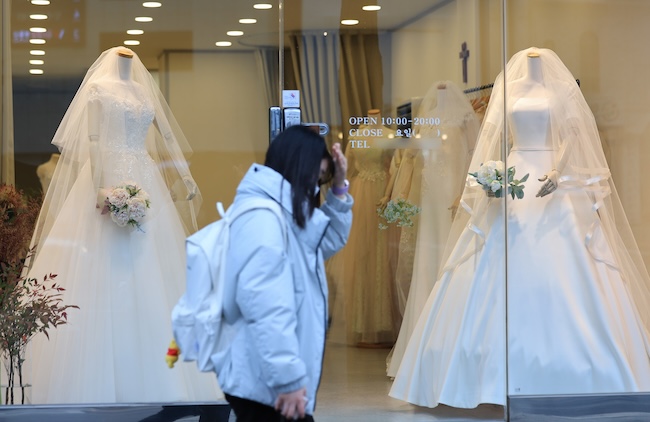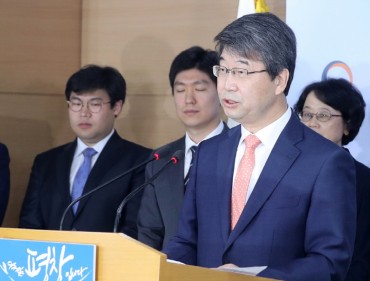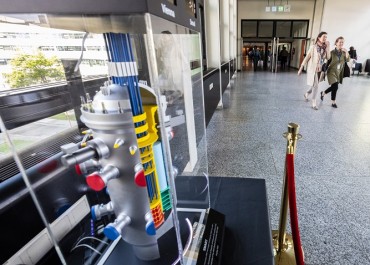
Less than half of newlywed couples own homes, with a significant percentage of them carrying mortgage debt. (Image courtesy of Yonhap)
SEJONG, Dec. 12 (Korea Bizwire) – In a recent report from Statistics Korea, it was revealed that less than half of newlywed couples own homes, with a significant percentage of them carrying mortgage debt. Furthermore, dual-income couples have seen a slight increase in their annual incomes, with the average surpassing 84 million won.
According to data from 2022 released by Statistics Korea on December 11, there were 1,032,000 newlywed couples in the country last year, marking a 6.3 percent decrease compared to the previous year. Statistics Korea defines couples in their first to fifth year of marriage as newlyweds. The number of couples in their first year of marriage saw a 3.2 percent decrease compared to the previous year.
The proportion of newlyweds who owned homes dropped by 1.5 percentage points in just one year, reaching 40.5 percent. Apartments remained the most common type of housing for newlywed couples, with 72.4 percent living in them, a 0.3 percentage point increase from the previous year.
A staggering 89 percent of newlywed couples had outstanding loans, a slight decrease of 0.1 percentage points compared to the previous year but still a significant majority. The median loan amount increased to 164.17 million won, up by 7.3 percent from the previous year’s 153 million won.
Among newlyweds, 57.2 percent were dual-income couples, marking a 2.3 percentage point increase from the previous year. The overall average annual income for newlywed couples stood at 67.9 million won, a 6.1 percent increase from the previous year. Income distribution by range showed that 22 percent fell into the 50-70 million won category, followed by 21.3 percent in the 70-100 million won category, and 20.2 percent in the 30-50 million won category.
Dual-income couples had an average income of 84.33 million won, approximately 1.7 times higher than single-income couples’ income of 49.94 million won. Couples who owned homes had an average income of 75.91 million won, about 1.2 times higher than those without housing, whose average income was 62.44 million won.
Among newlywed couples, 53.6 percent had children, a 0.6 percentage point decrease from the previous year. The average number of children per couple decreased to 0.65, down by 0.01 from the previous year.
The proportion of couples with children in dual-income households (49.8 percent) was 9.6 percentage points lower than in single-income households (59.4 percent). Couples where the wife was economically active (49.2 percent) had a 11.7 percentage point lower child-rearing rate than couples where the wife was not economically active (60.9 percent). Couples without homeownership (49.5 percent) had a 10.1 percentage point lower child-rearing rate than those who owned homes (59.6 percent).
Among newlywed couples with children under the age of 5, childcare was primarily provided by daycare centers (51.3 percent), followed by home-based care (42.6 percent), and kindergartens (3.4 percent). Dual-income couples (54.5 percent) had a 6.6 percentage point higher utilization of daycare centers compared to single-income couples (47.9 percent).
M. H. Lee (mhlee@koreabizwire.com)






